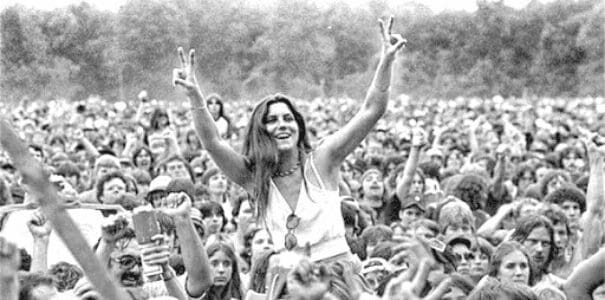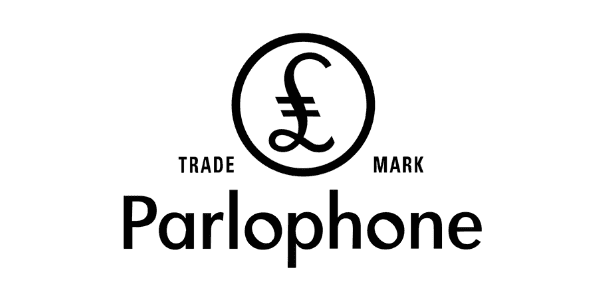Music Gateway
- Artists
Solutions for ArtistsAll this is included in your free Music Gateway accountIncluded in your accountMusic DistributionRelease to over 150 DSPs including Spotify, Apple, Amazon and more.Sync LicensingPitch your music to feature on TV, movies and adverts.Music PublishingBoost your earnings by up to 50% by claiming publishing royalties.Online MasteringUse AI mastering to make your music vibrant and really pop.Artist WebsitesBuild your showcase, get new fans and increase your revenue.Playlist SubmissionSubmit your music to premium playlists and curators.Music PromotionPromote your music and gain access to our promo team.More free tools
- Promotion
PromotionMusic PromotionOur leading team of professional promoters can help you from Spotify and social media optimisation to worldwide releases across TV, radio and the web.Spotify PromotionWe guarantee organic plays with through our network of influencers.Radio promotionOur radio pluggers work with the biggest stations around the world.Music MarketingEverything from social marketing to music videos.PressBuild your fanbase with targeted articles and press campaigns.Vinyl PressingMake an order or finance your vinyl production with a fan-funded pre-release campaign.
- Management
Management Spotlight onMusic ManagementOur managers work with you on your music where you need it most.Artist DevelopmentWe focus on how to boost your career and connections.Artist ManagementConnect with managers who have worked alongside huge artists.The AcademyOn-demand professional e-learning courses and videosAndrew Ash Matched with an artist manager "It's been an absolute dream ... so helpful with the release of my last single. I know so much more about the music industry and how to navigate it and felt like they put their whole heart into me and my music."Ipek Ozsoy Artist Manager Ipek is an entertainment consultant who mentors artists at every level. As a manager and talent development specialist, she can help with branding, PR/promo, live strategy and international markets.Josh Hicks New artist "After I won the Open Mic, I was scouted by Music Gateway... It's so helpful. Before I had my manager - I didn't know what I was doing."Kym Musgrove Artist Manager "Music Gateway is an empowering platform that helps artists gain the knowledge they need to build long term, sustainable careers. I love seeing the transformation."
- Licensing
LicensingArtist representationGet your music on TV and movies by joining our sync agency.License our musicWe can match your project with the perfect audio.Hire a composerBespoke compositions to compliment your media project.Hire a music supervisorTake advantage of our award-winning music supervision team.
- Pricing
- Blog


























































